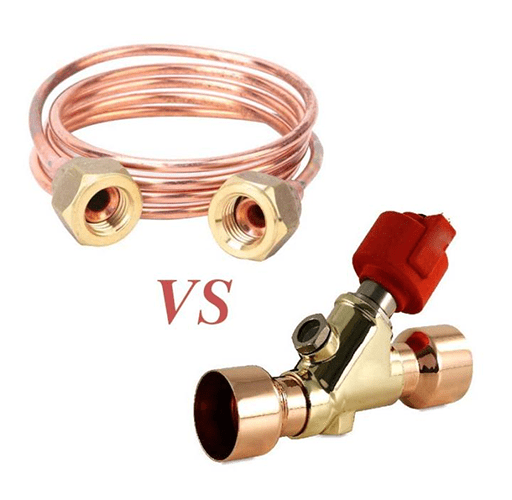
Figure 1: Comparisons between the electronic expansion valve and the capillary tube.
The electronic expansion valve (EEV) and the capillary tube (CT) are both commonly used throttling devices in the refrigeration and the air conditioning systems. The former has no moving parts and is less expensive, while latter has moving parts and is more expensive. Detailed comparison of the two will be introduced as follows.
The Electronic Expansion Valve
The EEV is a throttling element that can control the refrigerant flow of the refrigeration device according to a preset program. In some occasions with severe load changes or a wide range of operating conditions, traditional throttling elements (such as CTs, thermostatic expansion valves, etc.) can no longer meet the requirements of comfort and energy saving.
The Capillary Tube
Tubes with rather small inner diameters are called “capillary", usually with diameters equal to or smaller than 1 mm. These tubes are as thin as hairs, so they are called “capillary". They are currently applied in medicine and building material.
CTs are generally used in small Freon refrigeration devices below 20kW. The capillary is made of red copper tube with a length of 1~6m and an inner diameter of 0.5~2mm. Through various combinations of length and pipe diameter, it can meet the requirements of different working conditions and different cooling capacity. But once the capillary is selected and installed, it cannot change with the load. In order to make the refrigeration unit operate efficiently most of the time, it is extremely important to select a representative working condition design.
Which one is Better?

Figure 2: 2D diagram of the refrigeration and the air conditioning system with expansion valve.
The EEV and the CT all work in the refrigeration and the air conditioning systems. But the refrigeration system adopting the EEV has a higher cooling capacity than that adopting the CT. Here is why:
The CT has a fixed length designed according to the certain working conditions. Under normal working conditions, it has acceptable system performance. But as the frequency and the system condensing pressure increases, the evaporating pressure decreases. This makes the system condensing pressure of the CT to increase faster and the evaporating pressure to decrease faster, compared to the EEV. Since the evaporating pressure of the system adopting a CT is lower than that adopting an EEV, the superheat of the CT increases more. In contrast, the EEV can make the superheat at the outlet of the evaporator a set value through adjusting the openness degree.
As for the CT system, the effective utilization area of the evaporator is reduced, and the increase of the superheat at the outlet also reduces the refrigerant flow rate of the system. When the frequency is higher than the design frequency, both of these two aspects make the cooling capacity of the variable frequency air conditioning system adopting the CT to be lower than that adopting the EEV. Experiments in the relevant literature have yielded reductions of up to about 13%.
One advantage of the EEV is that it can help to increase the cooling capacity. Other characteristics of the two devices are shown in the table below.
| Devices | Advantages | Disadvantages |
| The electronic expansion valve | High cooling capacity, can maintain a constant evaporator superheat | Expensive, more movable parts |
| The capillary tube | Simple, inexpensive, low torque requirement for the compressor, less movable parts | Low cooling capacity, cannot change with the changing load conditions, with limits for the refrigeration charge, easily clogged by particles |
Figure 3: Pros and cons of the electronic expansion valve and the capillary tube.
The two devices have their own pros and cons. And you can choose according to your own needs.
Related Info
Guides to Choose a Thermostatic Expansion ValvePros and Cons of 4 Pairs of Electric Motors
6 Common Electric Motor Failures and Solutions
What is a Thermostatic Expansion Valve?
What is an Electronic Expansion Valve?


